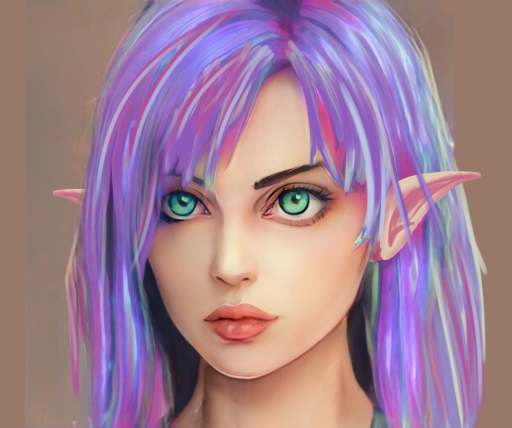Rua the Wandering Saint



If you liked the article, please consider leaving a comment or clicking that like button. If you didn't like the article, please leave a comment and tell me your criticism so I can improve as a writer. UPDATE: 2/15/2022 - Minor spelling and grammar fixes. Also removed youtube video link. I had permission (more of a handshake in the comments section) to use the video, but the video was copyright claimed by someone else. Writing challenge is closed so it wouldn't be right to find a replacement. It will just be a blank space for now.
Amazing progress already! I like the twists of Rua's story. Plus, it seems she was a visionary or a natural disaster made her seem to be epic visionary! Belief that the gods directly intervened certainly would keep their religion around longer.
Share your world on Lavani's Reading List!
Thanks for the comment! Also, yeah, Mythologically, Rua saw the wrath of the gods coming in a vision. Historically, she just saw the writing on the wall, with the sinking lands and the mountain coming to life, and took advantage of it (still trying to find the best words to describe that in the article)